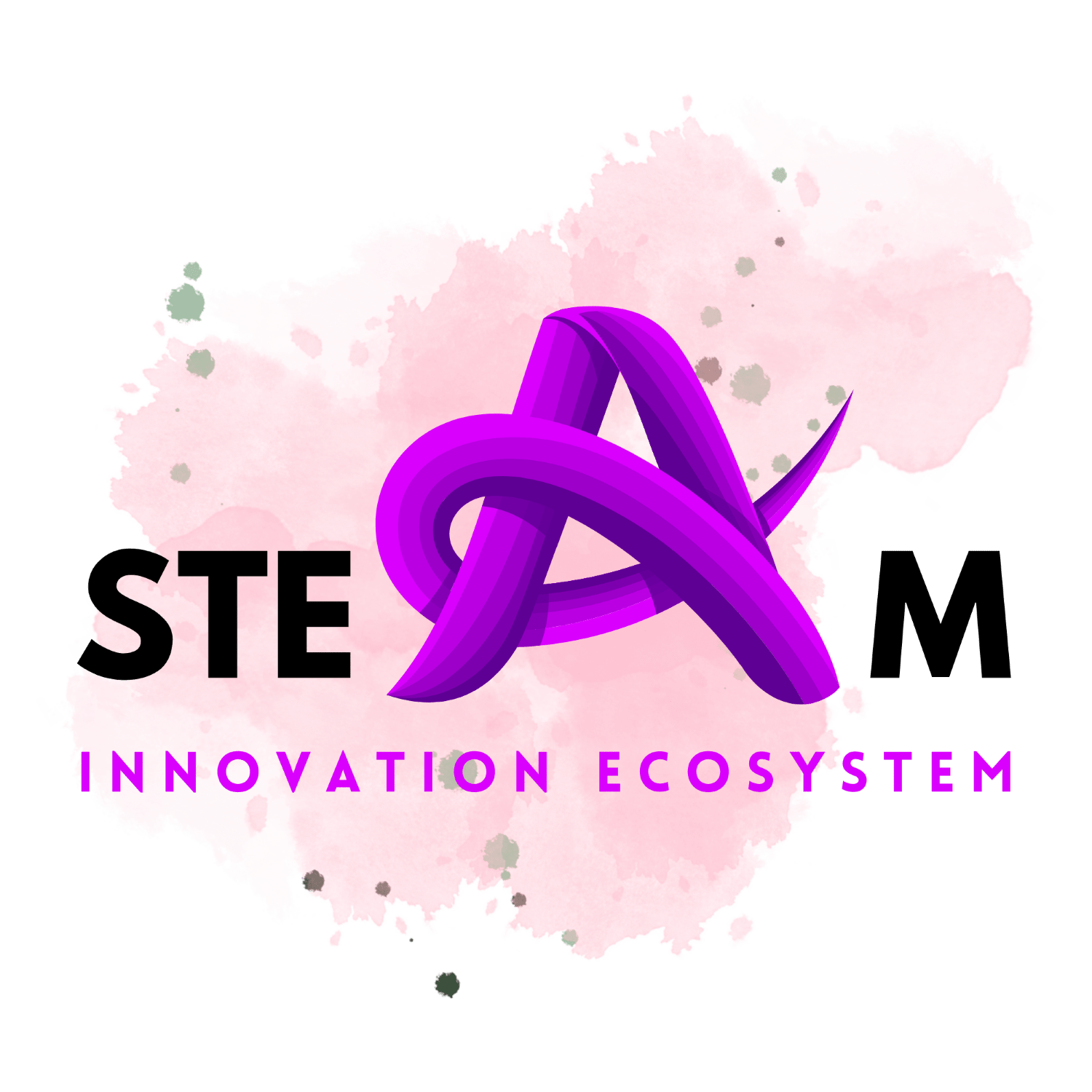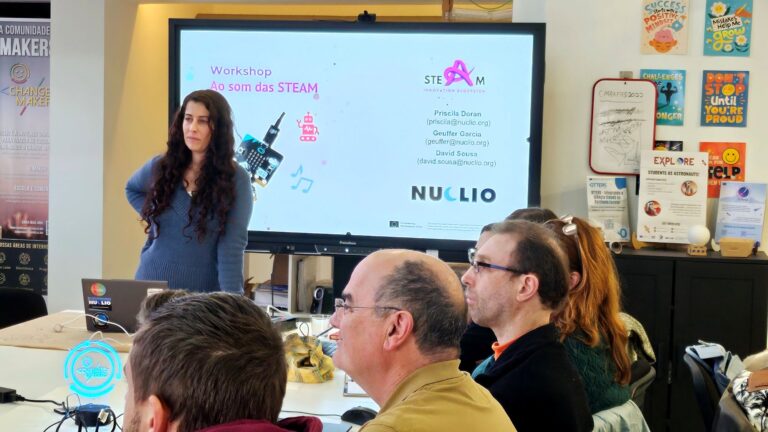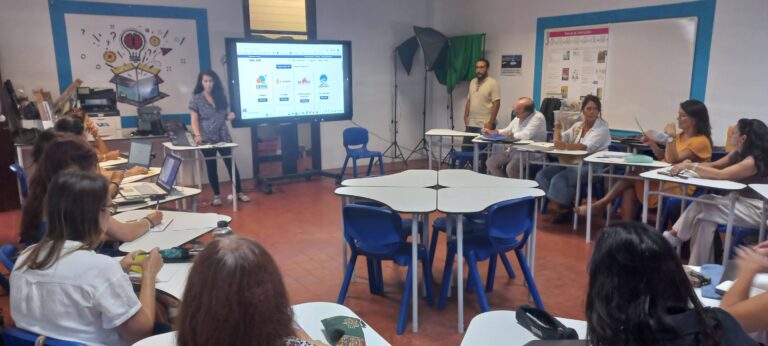Article by Inqurium
Introduction
The STEAM Innovation Project has actively engaged educators in a series of discussions to explore the current challenges and opportunities in implementing STEAM education. Through 3 focus groups that took place in Cyprus between November 2024 and January 2025, invaluable insights have been collected into the state of STEAM in schools, the barriers that limit its integration, and the future steps needed to establish it as a cornerstone of modern education. This article presents the key findings from the recent forums and focus groups held across Cyprus, providing a fresh perspective on what is needed to make STEAM education more inclusive, accessible, and impactful.
Teachers’ perspectives: the reality of STEAM in schools
During two focus groups that were implemented on the 30th of November and 6th of December 2024 with educators, several key barriers to integrating STEAM into the formal education system emerged. The majority noted that STEAM activities are often treated as extracurricular rather than being incorporated into the core curriculum. This makes it difficult to sustain long-term engagement, particularly in schools where traditional subject divisions dominate. Even where STEAM-related equipment exists, teachers often lack the training to use it effectively. Professional development in STEAM methodologies remains insufficient. Teachers face tight schedules and pressure to cover standard curricula, leaving little room for interdisciplinary, project-based learning. Traditional grading methods do not align with the hands-on, exploratory nature of STEAM learning. Teachers emphasised the need for alternative assessment strategies, such as project-based evaluation. Despite these challenges, educators remained enthusiastic about the potential that STEAM education brings, with many highlighting student engagements as a key driver for its adoption. When given the opportunity, students demonstrate creativity, problem-solving skills, and excitement in STEAM-based projects.
Bridging the gap: the role of school leadership and policy
One of the most critical findings from these focus groups was the role of school leadership and educational policies in STEAM implementation. While some school leaders support STEAM initiatives, systemic change is hindered by a lack of Ministry-level backing. A formal STEAM integration strategy is necessary to ensure sustainability. Participants emphasised the need for curriculum revisions to make room for interdisciplinary learning and collaborative teaching. There is a growing call for policies that encourage teachers of different subjects to collaborate, creating a more integrated approach to learning.
STEAM beyond STEM: the power of arts and culture
A significant focus of the STEAM Innovation Project has been exploring the intersection of arts and STEM disciplines. In recent discussions with experts in science, education, and cultural heritage, several innovative approaches were highlighted. Participants in a local forum acknowledged that integrating music and mathematical principles helps students grasp complex concepts more intuitively. Projects like science theatre and interactive digital storytelling were discussed as effective tools for engagement and knowledge retention. Emerging technologies like Augmented Reality (AR) and Virtual Reality (VR) were seen as promising tools for making STEAM learning more immersive and accessible.
Looking forward: what needs to happen next?
From all the discussions, a clear consensus emerged: while STEAM education holds tremendous potential, unlocking its full impact requires coordinated efforts across multiple levels. More targeted teacher training and hands-on workshops in STEAM pedagogy are needed. Advocating for the integration of STEAM into national curricula rather than relying on ad-hoc extracurricular activities is essential. Increased investment in STEAM-specific resources, with better utilisation of existing equipment, should be prioritised. Encouraging collaboration between schools, universities, cultural institutions, and private sector entities to support interdisciplinary learning is crucial. Developing alternative methods for evaluating STEAM competencies, such as project-based assessments and competency-based evaluations, would enhance learning outcomes.
Conclusion
The STEAM Innovation Project has provided a valuable platform for discussion, bringing together voices from different sectors to redefine the future of education. The insights gained from teachers, experts, and stakeholders can help shape policies and practices that break down barriers to STEAM integration. As we move forward, it is crucial to bridge the gaps between education, policy, and practice, ensuring that every student has access to a dynamic, interdisciplinary, and future-focused learning experience.





